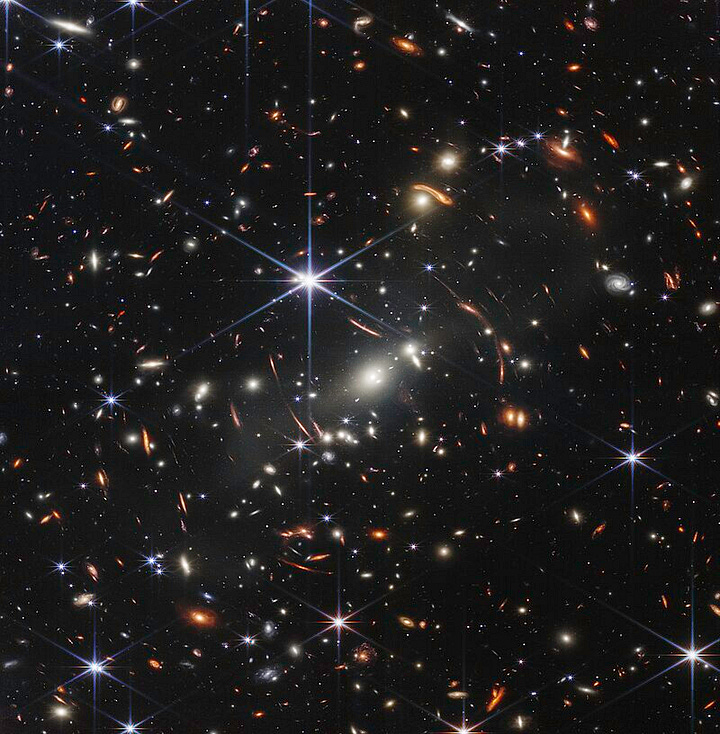Things Are Bigger Than We Imagine: On the Hidden Threads of Creation
On scale, structure, and the cosmic order
There was a time, long ago, when we were conceited enough to believe the Earth and humanity lay at the centre of creation. Kings and emperors proclaimed themselves the rulers of the universe, and thought they alone somehow held sway over the stars and planets.
And, it is true, the astronomers were at first happy to indulge them. The astrologers of Babylon watched the stars and translated their movements into divine messages. Whether it was the arrival of a comet or the blast of a supernova, for early astronomers it was done for the Earth and for its inhabitants. The cosmos, in their ancient view, danced for the sake of mankind.
Later the Greeks did away with much of this. But even they found themselves unable to deny the divine nature of the night sky. The stars, they imagined, were affixed to a vast celestial sphere revolving constantly around the central Earth. No longer did kings claim to rule this realm, but they could at least take satisfaction in ruling a corner of the centre of the universe.
Yet the deeper astronomers looked, the more difficult it became to deny the harsh reality. In time Copernicus would strip the Earth of its special place, Newton would extend the mortal laws of motion to the heavens, and Kepler would reveal the simple but imperfect orbits the planets follow around the Sun.
Later still we realised the vastness of things. The Sun was shown to be merely one insignificant star among a hundred billion others in the Milky Way. The galaxy itself turned out to be just as unimportant: one, indeed, among a multitude strewn across an immense cosmos.
We can no longer place the Earth at the centre of anything. Astronomers have revealed the Universe to be far larger than anyone could have imagined; indeed far larger than any of us can reasonably imagine even now. The scale of the structures we have found - of the galaxies, of the clusters and of the superclusters - makes the empires of our small world look like nothing more than specks of dust in the vastness of creation.
The history of astronomy, in many ways, is the story of our own fading self-importance.


Andromeda and All That
On a clear night, far from city lights, one can see a few thousand stars in the night sky. Most are close by, lying less than a thousand light years or so from Earth. Of course, in some sense that is ridiculously far away: there are few stars, indeed, that we have any hope of visiting in the next few centuries. But in comparison to some of the other distances out there, this thousand-light-year wide bubble is almost nothing.
